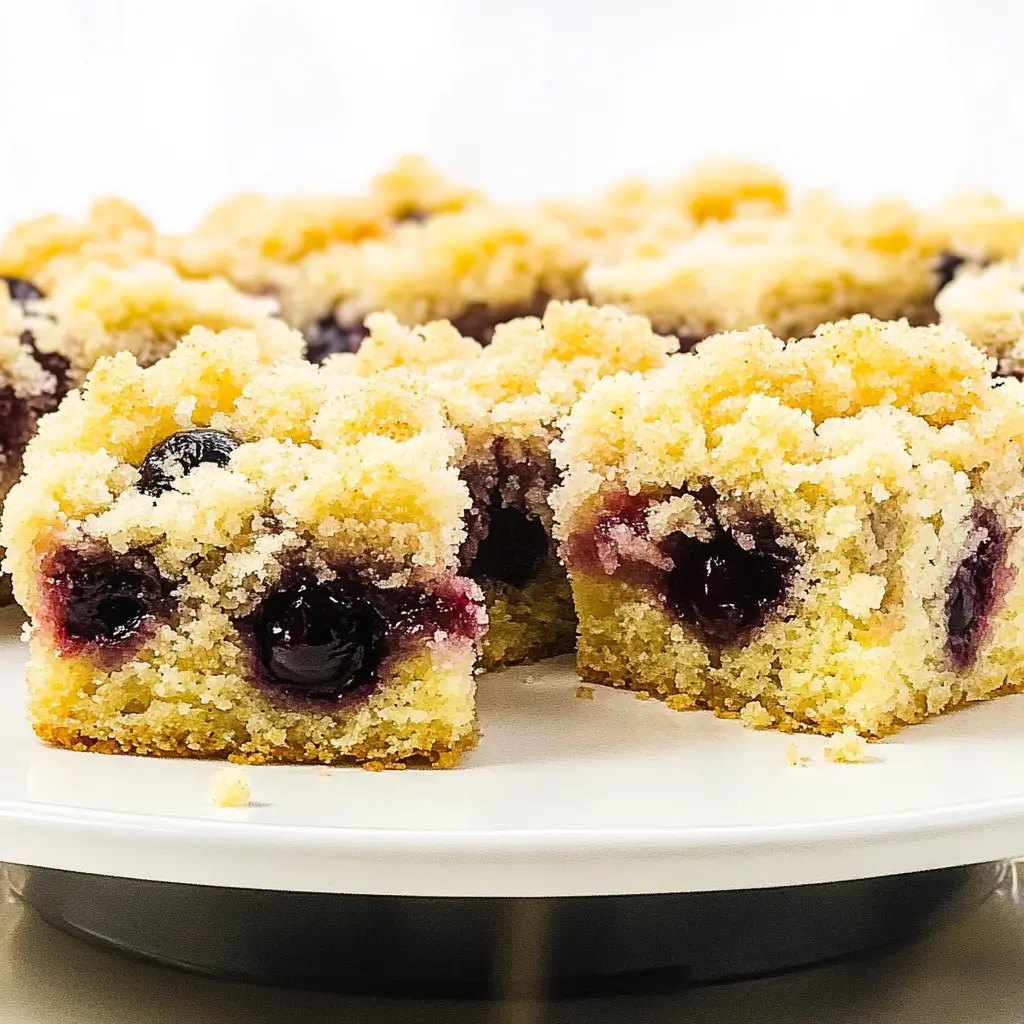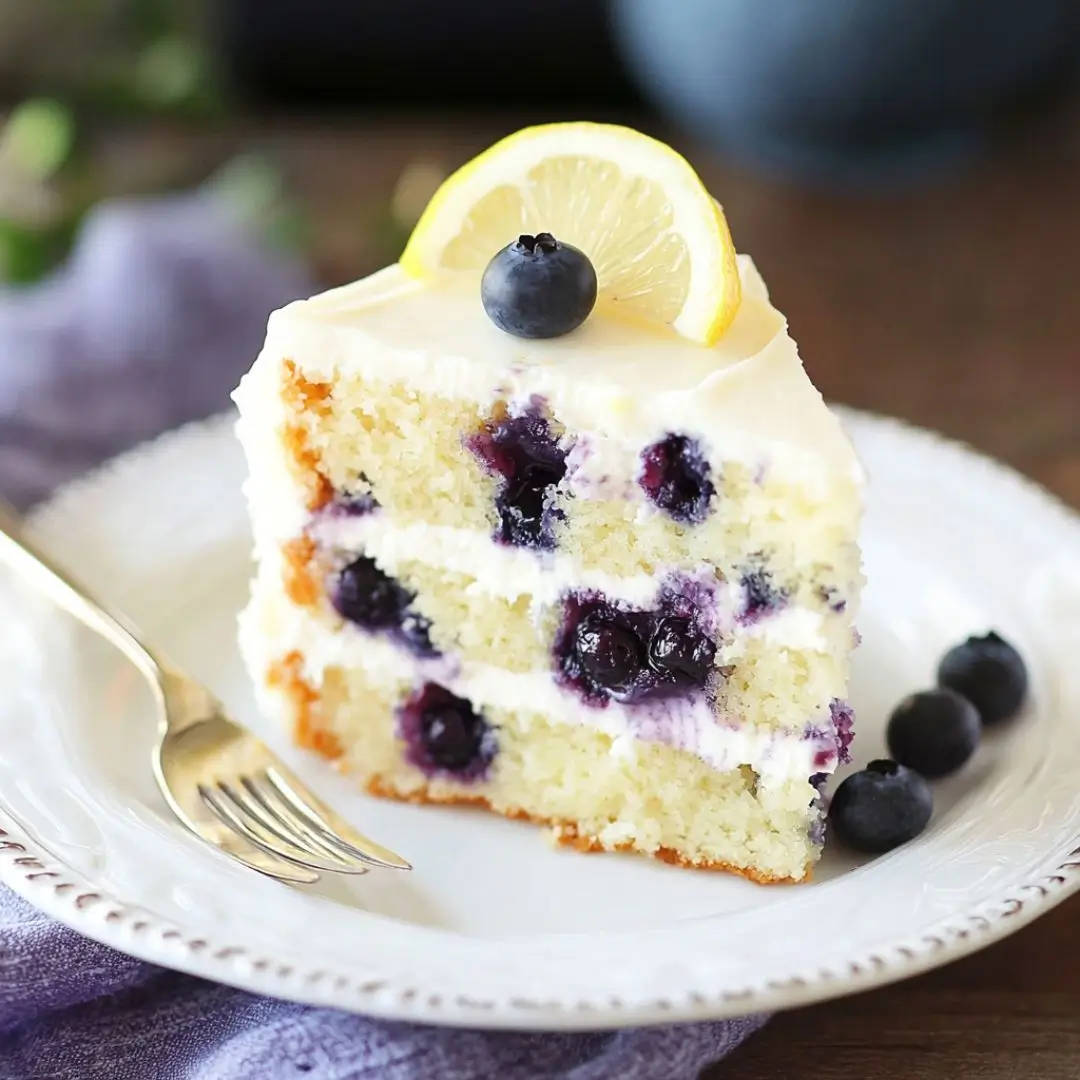Step-by-Step Baking Guide
Baking can be a delightful and rewarding activity, whether you’re a novice looking to learn the basics or an experienced baker aiming to refine your skills. Here’s a comprehensive step-by-step guide to help you navigate the world of baking, from preparation to the final presentation.
Step 1: Understanding Your Recipe
Reading the Recipe: Begin by thoroughly reading the recipe to grasp the entire process, including the ingredients and equipment required. This preparation ensures you’re fully aware of the steps ahead.
Gathering Ingredients: Implement the practice of mise en place by measuring all your ingredients beforehand. This approach guarantees everything is ready when needed.
Step 2: Preparing Your Baking Equipment
Oven Preheating: Start with preheating your oven to the recipe’s specified temperature. Given that oven temperatures can fluctuate, an oven thermometer is useful for ensuring accuracy.
Pan Preparation: Grease your pans, line them with parchment paper, or dust them with flour as directed by the recipe. This step is crucial for preventing sticking and facilitating easy removal of the baked goods.
Step 3: Mixing Ingredients
Dry Ingredients: Begin most recipes by sifting or whisking together dry ingredients such as flour, baking powder, and salt. This process helps to eliminate lumps and distribute the ingredients evenly.
Wet Ingredients: In a different bowl, mix the wet ingredients, which might include eggs, milk, and vanilla extract. Having these ingredients at room temperature is key to a smooth batter.
Combining Ingredients: Carefully mix the wet and dry ingredients until just combined, being mindful to avoid overmixing, which can result in tough baked goods due to gluten development.
Step 4: Baking
Filling the Pans: Transfer your batter into the prepared pans, adhering to the recipe’s guidance on how much to fill them to allow for proper expansion.
Baking Time: Position your pans in the center of the oven for even cooking. Bake according to the time specified in the recipe, but consider checking a few minutes early, as oven performance may vary.
Testing for Doneness: Employ a toothpick or cake tester by inserting it into the center of the cake. A clean removal or a few moist crumbs indicate readiness. For bread, a hollow sound when tapped on the bottom suggests it’s done.
Step 5: Cooling and Decorating
Cooling: Start the cooling process in the pan for the designated time before transferring to a wire rack for complete cooling, preventing any sogginess.
Decorating: Once cooled, you’re encouraged to frost, glaze, or apply decorative touches to your baked goods. This is your moment to express creativity and add a personal touch.
Step 6: Serving and Storing
Serving Recommendations: Serve your baked goods at room temperature for optimal taste, unless the recipe specifies otherwise. Note that some desserts, like pies or tarts, may be more enjoyable slightly warm.
Storing Your Baked Goods: Use an airtight container for storing leftovers. While most cakes and cookies are fine at room temperature, refrigeration is best for items like cheesecakes or cream-filled pastries to keep them fresh.
Following these enhanced steps will ensure your baking process is not only successful but also enjoyable, leading to deliciously presented and well-preserved creations.
Additional Tips
- Ingredient Temperatures: Ingredients like butter and eggs should be at room temperature unless the recipe states otherwise.
- Measuring Accurately: Use kitchen scales for precise measurements, especially for ingredients like flour.
- Know Your Oven: Familiarize yourself with your oven’s quirks, as hot spots and temperature inaccuracies can affect baking.
By following these steps and tips, you’ll be on your way to baking success. Remember, baking is both an art and a science, so don’t be discouraged by mistakes. Each attempt is a learning opportunity that brings you one step closer to mastering the craft of baking. Happy baking!
Moisture Magic: The Role of Olive Oil
Olive oil, a staple of the Mediterranean diet, is celebrated not only for its health benefits but also for its versatility in cooking and baking. When it comes to baking, olive oil can be a magical ingredient, offering a unique way to enhance moisture and flavor in various baked goods. Here’s a closer look at the role of olive oil in baking and how it contributes to creating moist, delicious treats.
Moisture and Texture
- Enhanced Moisture: Olive oil is a fat, and like other fats used in baking (such as butter or vegetable oil), it plays a crucial role in adding moisture to baked goods. However, olive oil does more than just moisten; its liquid state at room temperature helps to create a tender and moist texture that remains so for longer than if solid fats were used.
- Tender Crumb: The use of olive oil in recipes contributes to a finer and more tender crumb in cakes, muffins, and bread. This is due to the fact that olive oil coats the flour’s proteins, limiting gluten formation. Less gluten means a softer texture, which is often desirable in cakes and tender pastries.
Flavor
- Distinctive Taste: Olive oil adds a distinctive, fruity flavor that can elevate the taste profile of baked goods. While some may worry about its flavor overpowering, choosing the right type of olive oil (such as a lighter, more refined olive oil) can complement the other ingredients without overwhelming them. In recipes where its robust flavor is welcome, extra-virgin olive oil can add depth and richness.
- Versatility in Flavors: Olive oil pairs exceptionally well with citrus, herbs, chocolate, and fruits, making it a versatile ingredient for a wide range of recipes. From lemon olive oil cakes to chocolate brownies, olive oil can enhance the overall flavor profile of desserts and savory baked items alike.
Health Benefits
- Heart-Healthy Fats: Olive oil is rich in monounsaturated fats, which are known to be heart-healthy. Incorporating olive oil into baked goods can be a way to make them more nutritious, offering a better fat profile than recipes calling for saturated fats.
- Antioxidants and Vitamins: High-quality olive oil contains antioxidants and vitamins that can contribute to the nutritional value of your baked goods. These compounds can help combat oxidative stress and promote overall health.
Baking with Olive Oil
- Substituting Olive Oil: Olive oil can be used as a substitute for other fats in baking. A general rule of thumb for substitution is to use three-quarters of olive oil for the amount of butter or vegetable oil called for in the recipe. This ratio may need to be adjusted based on the recipe and the desired outcome.
- Choosing the Right Olive Oil: For baking, consider the flavor profile of the olive oil. Light or refined olive oils are best for neutral-flavored baked goods, while extra-virgin olive oil is ideal for recipes where its robust flavor will complement the other ingredients.
Conclusion
Olive oil’s role in baking extends beyond just adding moisture; it contributes to texture, flavor, and nutrition, making it a valuable ingredient for any baker’s pantry. Whether you’re making a savory focaccia or a sweet, moist cake, olive oil can bring a touch of Mediterranean magic to your baking, offering a delicious and healthier alternative to traditional fats. Experimenting with olive oil in your favorite recipes can unlock new flavors and textures, transforming ordinary baked goods into extraordinary treats.
Flavor Fusion: Chocolate and Olive Oil
The combination of chocolate and olive oil is a culinary match made in heaven, celebrated for its ability to blend the rich, decadent essence of chocolate with the fruity, peppery notes of olive oil. This pairing is not only a testament to the versatility of these ingredients but also to the innovative spirit of modern cuisine. Here’s a deeper dive into the fusion of these flavors and how they complement each other in various dishes.
The Chemistry of Flavors
- Complementary Tastes: Chocolate, with its deep, complex flavor profile that ranges from sweet to bitter, finds a perfect match in olive oil’s fruity and sometimes spicy notes. The fat content in olive oil enhances the mouthfeel of chocolate, making it taste richer without overpowering its inherent flavors.
- Texture Enhancement: Olive oil adds a silky, smooth texture to chocolate desserts, contributing to a luxurious mouthfeel that butter or other fats can’t replicate in the same way. This is especially noticeable in chocolate mousse, ganache, and even in baked goods like brownies and cakes.
Culinary Applications
- A classic example where these two ingredients shine. The olive oil contributes to a moist, tender crumb while subtly complementing the chocolate’s richness. The result is a cake that’s not only flavorful but also has a lighter, more delicate texture than its butter-based counterparts.
- Olive Oil Chocolate Mousse: By emulsifying chocolate with olive oil, you create a mousse that’s incredibly smooth and creamy, yet surprisingly light. The olive oil underscores the chocolate’s flavor, adding depth and a hint of fruitiness that elevates the dessert.
- Chocolate and Olive Oil Ice Cream: Incorporating olive oil into chocolate ice cream can introduce a novel texture and flavor complexity. The olive oil not only prevents the ice cream from becoming too hard but also introduces a subtle, savory note that balances the sweetness of the chocolate.
- Chocolate Dipped in Olive Oil and Sea Salt: A simple yet sophisticated treat. The contrast between the sweet, bitter chocolate and the rich, fruity olive oil, finished with a sprinkle of flaky sea salt, creates a trio of flavors that dance on the palate.
Tips for Pairing Chocolate and Olive Oil
- Choose Quality Ingredients: The success of this flavor fusion heavily relies on the quality of both the chocolate and the olive oil. Opt for high-quality, extra-virgin olive oil and chocolate with a high cocoa content for the best taste experience.
- Consider the Olive Oil’s Flavor Profile: Different olive oils can range from robust and peppery to mild and fruity. Select an olive oil whose flavor notes will complement the type of chocolate you’re using. For darker chocolates, a more robust olive oil can stand up to the intensity, whereas milk chocolates might pair better with a lighter, fruitier oil.
- Experiment with Ratios: Depending on the dish, the amount of olive oil used can significantly affect the outcome. Start with small quantities and adjust according to your taste preferences and the desired consistency of the dish.
Conclusion
The fusion of chocolate and olive oil is a testament to the endless possibilities in the culinary world. This pairing not only challenges traditional flavor combinations but also opens up a new realm of dessert and snack options. Whether you’re a professional chef or a home cook, experimenting with chocolate and olive oil can lead to delightful discoveries that surprise and satisfy the palate.
- Flour Alternatives: Use gluten-free flour blends available in the market, or make your own by combining rice flour, potato starch, and tapioca flour. Almond flour and coconut flour are also popular for their flavor and nutritional profile but may require adjustments in liquid ingredients due to their absorbency.
- Binding Agents: Since gluten provides elasticity and moisture retention, adding xanthan gum or guar gum as a substitute can help mimic these properties in gluten-free baking.
- Whole Grains: Quinoa, buckwheat, and millet are excellent gluten-free grains that can be used in place of traditional grains in recipes for added texture and nutrition.
Vegan Variations
Vegan cooking excludes all animal products. Here are some ways to replace common non-vegan ingredients with plant-based alternatives.
- Eggs: For baking, use flaxseed or chia seeds mixed with water as a binding agent. Applesauce and mashed bananas can also replace eggs in some recipes, adding moisture and a slight sweetness.
- Dairy: Plant-based milks (almond, soy, oat) can easily substitute for cow’s milk. Vegan butter and coconut oil are great alternatives for butter, and cashew cream or coconut cream can replace heavy creams.
- Cheese: Nutritional yeast adds a cheesy flavor to dishes, making it a staple in vegan cooking. There are also many commercial vegan cheeses available that melt and stretch similar to dairy cheese.
Combining Gluten-Free and Vegan
Creating dishes that are both gluten-free and vegan can be challenging but rewarding. Here are some tips for combining these dietary preferences into delicious meals.
- Focus on Whole Foods: Build dishes around ingredients that are naturally gluten-free and vegan, such as vegetables, fruits, legumes, nuts, and seeds. These provide flavor, texture, and nutrition without needing substitutes.
- Experiment with Flavors: Use herbs, spices, and condiments to add depth and complexity to your dishes. Gluten-free and vegan cooking offers an opportunity to explore a wide range of global cuisines that rely heavily on plant-based ingredients and spices.
- Gluten-Free and Vegan Baking: When baking, consider the desired outcome (moist, fluffy, dense) and choose your substitutes accordingly. A combination of gluten-free flours often works better than a single type. Incorporate ingredients like apple cider vinegar or baking soda to help with leavening and texture.
Recipe Ideas
- Gluten-Free Vegan Pizza: Use a gluten-free flour blend for the crust and top with tomato sauce, a variety of vegetables, and vegan cheese or nutritional yeast.
- Chickpea Flour Pancakes: Chickpea flour is gluten-free and high in protein, making it an excellent base for savory pancakes. Add vegetables and spices for a flavorful breakfast or brunch option.
- Black Bean Brownies: For a gluten-free and vegan dessert, black bean brownies are rich, moist, and chocolatey, using black beans as the base and flaxseeds as an egg substitute.
Conclusion
Adopting a gluten-free and vegan lifestyle doesn’t mean sacrificing flavor or enjoyment in food. With the right substitutes and a bit of creativity, you can recreate traditional dishes that are inclusive, nutritious, and delicious. Whether you’re cooking for dietary needs or exploring new culinary territories, the possibilities are endless.
Chocolate Olive Oil Cake for Special Occasions
is a sophisticated, moist, and rich dessert that’s perfect for special occasions. Its unique combination of flavors and textures, thanks to the olive oil, makes it a memorable treat that’s sure to impress your guests. Here’s a step-by-step guide to creating this delightful cake, which is both indulgent and surprisingly simple to make.
FAQs About Chocolate Olive Oil Cake
Where do the Kardashians get olive oil cake?
The Kardashians have been known to enjoy a variety of gourmet foods and desserts, including olive oil cake. While specific details about where they get their olive oil cake might not be widely publicized, they likely source it from high-end bakeries or private chefs that cater to their preference for luxurious and trendy foods. Olive oil cake has become quite popular in upscale bakeries and restaurants, known for its moist texture and rich flavor.
Do chocolate and olive oil go together?
Yes, chocolate and olive oil go exceptionally well together. The rich, velvety texture of chocolate combined with the fruity, slightly peppery notes of olive oil creates a complex flavor profile that is both unique and delicious. Olive oil can enhance the chocolate’s depth without overpowering it, making for a sophisticated taste experience. This pairing is popular in cakes, mousses, and even in some chocolate bar variations, offering a moist texture and a nuanced taste that sets it apart from more traditional chocolate desserts.
What happens if you bake a cake with olive oil?
Baking a cake with olive oil instead of traditional fats like butter or vegetable oil can result in a cake that is exceptionally moist and tender. Olive oil is a liquid at room temperature, which contributes to a finer, more delicate crumb. It also can add a subtle, unique flavor to the cake, depending on the type of olive oil used. Olive oil is rich in monounsaturated fats, making it a healthier option, and it’s also packed with antioxidants. Cakes made with olive oil might have a slightly different texture and taste than those made with butter, but many find the results superior, especially in terms of moisture and shelf life.
Why does chocolate cake use oil instead of butter?
Chocolate cake often uses oil instead of butter for several reasons:
- Moisture: Oil tends to make cakes moister than butter. Because oil remains liquid at room temperature, it provides a softer texture to the cake crumb. Cakes made with oil usually stay moist and tender for longer than cakes made with butter.
- Texture: Oil gives a cake a lighter texture. It can help avoid the denseness that sometimes comes from using butter, especially in rich chocolate cakes where a tender, moist texture is desired.
- Flavor: While butter can impart a rich flavor, it can sometimes compete with the flavor of chocolate. Oil, on the other hand, allows the chocolate flavor to shine more prominently. For those who want a deep, intense chocolate taste, using a neutral oil like vegetable oil can be beneficial. However, olive oil can add an interesting flavor dimension to chocolate cakes, enhancing the overall taste profile.
- Convenience: Using oil can be more convenient as it doesn’t require melting or creaming like butter. This can simplify the cake-making process, making it quicker and more foolproof.
In summary, using oil in chocolate cake recipes is a choice that can enhance moisture, texture, and the chocolate flavor itself, while also offering a healthier fat option and convenience during the baking process.
Ingredients
- 1 ½ cups all-purpose flour (for a gluten-free version, use a gluten-free flour blend)
- ¾ cup unsweetened cocoa powder
- 1 teaspoon baking soda
- ½ teaspoon salt
- 1 cup granulated sugar
- ¾ cup extra-virgin olive oil
- 2 large eggs, at room temperature
- 1 teaspoon vanilla extract
- 1 cup warm water or coffee (coffee intensifies the chocolate flavor)
- Optional for serving: powdered sugar, whipped cream, or fresh berries
Instructions
Preheat and Prepare
- Preheat your oven to 350°F (175°C). Grease a 9-inch round cake pan and line the bottom with parchment paper for easy removal.
Mix Dry Ingredients
- In a medium bowl, whisk together the flour, cocoa powder, baking soda, and salt. Set aside.
Combine Wet Ingredients
- In a large mixing bowl, whisk the sugar, olive oil, eggs, and vanilla extract until well combined and slightly pale.
Combine Wet and Dry Ingredients
- Gradually add the dry ingredients to the wet mixture, alternating with the warm water or coffee. Whisk until smooth and well combined. The batter will be quite liquidy, which is normal.



